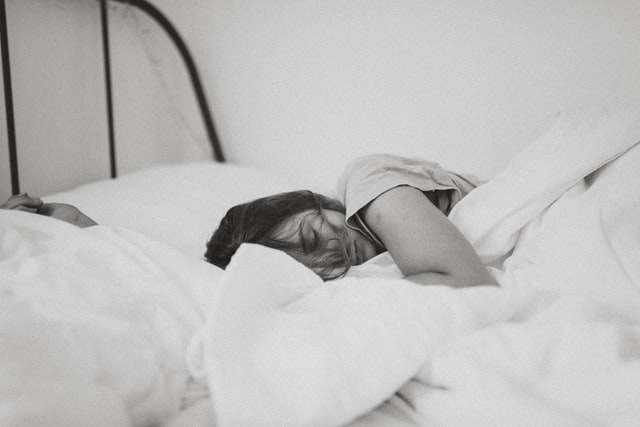Are you sure you know what sleep is?
It’s a beautiful day, leaving for the respective workplaces after a sleep and today is my day, it couldn’t be any better. That must be the feeling for each one of us every morning, correct?
In this blog is will discuss about
⦁ What is sleep ?
⦁ The relationship between circadian rhythms and sleep.
⦁ In particular how those relationships change across the lifespan.
⦁ Help us to understand why people sleep differently at different ages.
⦁ What can be the mechanism to align these circadian rhythms?
Why Sleep is important?
Sleep is the form of payback to our physical and mental fatigue. Sleep is important for regeneration of neurons, restoration of energy and repair of the cells/tissues, and we think of that because of the fact that when we wake up we feel better.
It is one of the most important activities for helping us get over illness not letting us getting into the sleep disorders like insomnia, sleep apnea, depression, microsleeps, fatigues, Alzheimer’s and dementia.
It’s clear that the brain undergoes changes in response to sleep, when we’re awake for an extended period of time, there are chemical changes in the brain which lead us to have the sense of sleepiness driving us to get some sleep and that during sleep those changes are undone.
Questions for oneself
⦁ I get irritated quite often, lose my temperament and get hyper?
⦁ Unable to focus on my work?
⦁ My cognitive performance is not up to the mark?
⦁ I have drowsiness throughout the day?
⦁ Dark circles around the eyes?
⦁ Lack of memory?

Something does not exist unless you are able to measure it? How do you measure it?
One of the things you sort of have to understand which I think is critically important,
If you’re going to study sleepiness and you can do it at a subjective level, it’s very important to differentiate three different biological states Sarcopenia, Cognitive skills and the behaviour pattern.
Sleepiness, is generally refereed to the fatigue which can be muscular or mental fatigue, or we have depression where people complain about fatigue. So these are three things which are very important to differentiate.

How much sleep is necessary?
To answer this question, we need to know the age factor.
It’s different, the timing of your sleep will be different, the amount of sleep you need, all those things changes with age and we need to take those into account.
Sleep is controlled by both circadian and ultradian rhythms interacting with your sleep debt or your homeostatic mechanism. So understand that we can manipulate these things a little bit, but we cannot manipulate them too much. However we can be in control with respect to the quality of the sleep and the circadian alignments.
As we go through the day, we become less wakeful. That is we developmental and physical fatigue and we need something to press us to stay awake, in case we have to.
As per the graph (shown) there is a huge difference in the sleep patterns of Adults as compared to infants, adolescents and teenagers. As we can observe that the age groups between the age one to four then five to ten years old and then in adolescents they have the ability to sleep for 8-9 hours in the night time and then again three to four naps of at least half an hour to an hour each depending upon the age. But the whole cycle of this group can be altered by altering the circadian drive as well as homeostasis drive. Which further light disrupt their ultradian rhythms.
We don’t have to measure sleepiness subjectively. However there are examples to measure the same and one of the example by respective consultant, clinics or the therapists use memory tasks, psychomotor performance tasks, and executive function tasks.
The most commonly measured, most common measures of sleepiness are something called the Multiple Sleep Latency Test and a related test called Maintenance of Wakefulness Test.
The multiple sleep latency test is magnificent in its sensitivity and in its simplicity. It is a test which is a very simple to understand.
It is used to measure the time elapsed from the start of a daytime nap period to the first signs of sleep, called sleep latency. A person is given 4-5 opportunities to sleep every two hours during normal wake times. The specialist uses the test to measure the extent of daytime sleepiness (how fast the patient falls asleep in each nap, also called sleep latency), and also how quickly REM sleep begins.
Sleep is the best medicine if and only if t is given the due respect, neither ignore it nor overdo it…..
Sleep well stay well!!!!
In next chapter we will discuss the effects and causes of sleep deprivation.
Read all blogs : https://yellout.in/girish/blog/
Girish Bhardwaj is a renowned wellness and sleep specialist and also a founder of Theralicht llp company which specializes in lighting consultancy, Indoor air quality consultancy, training and product design.


